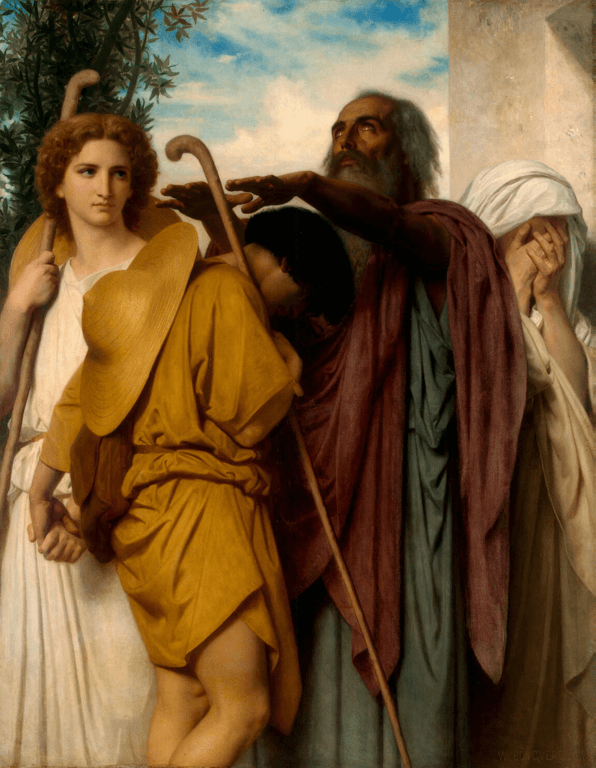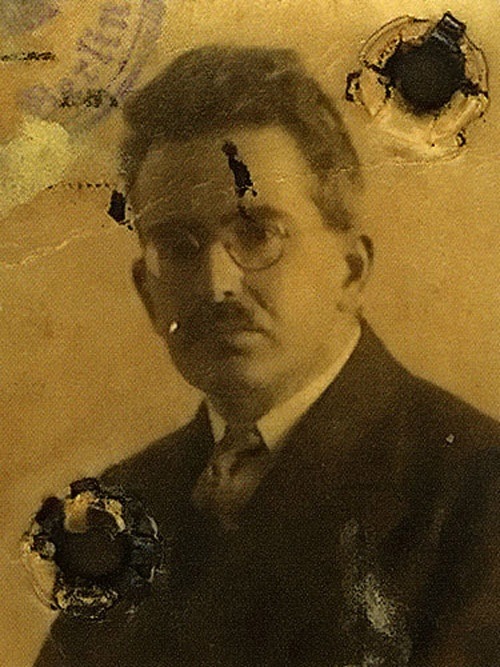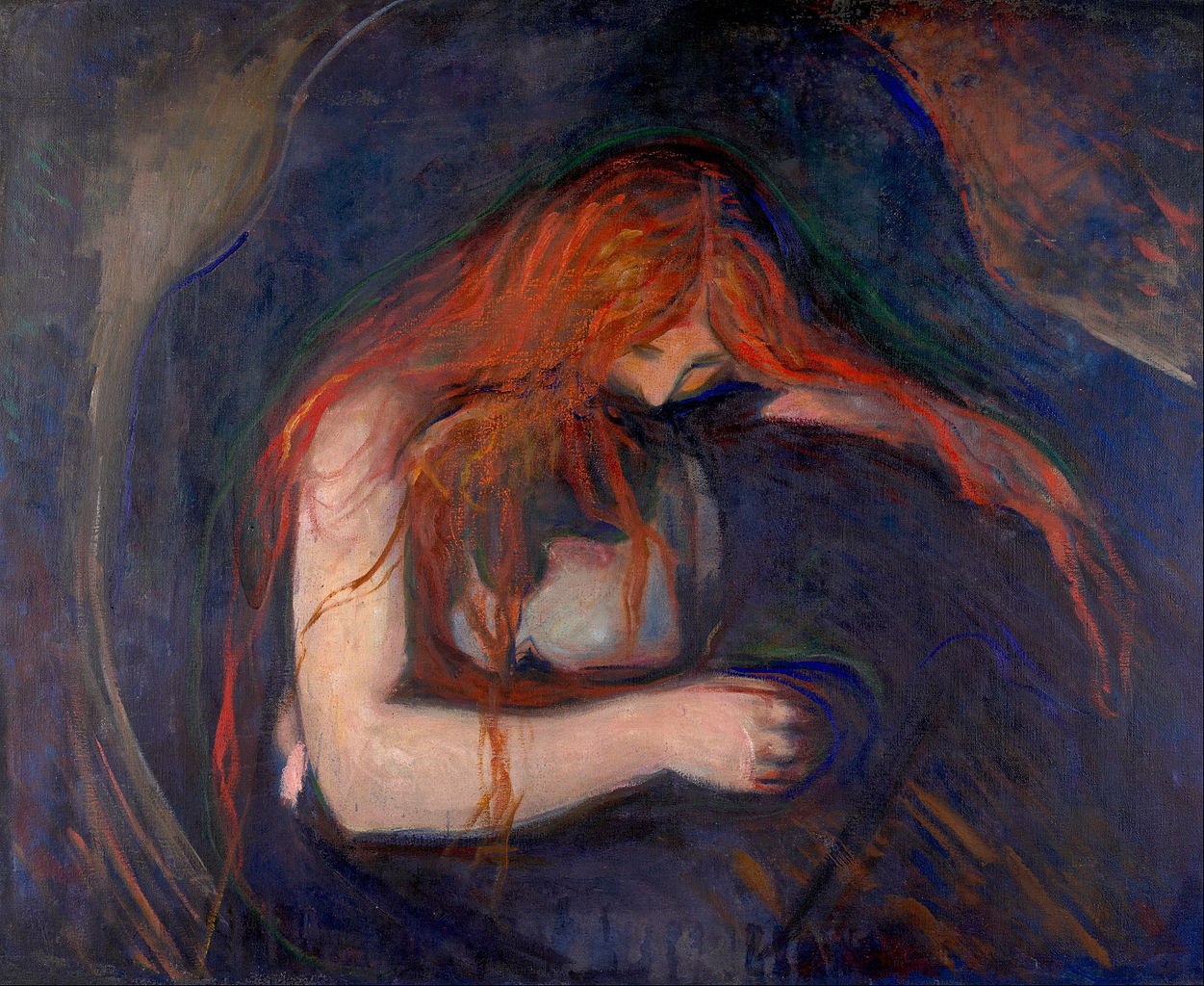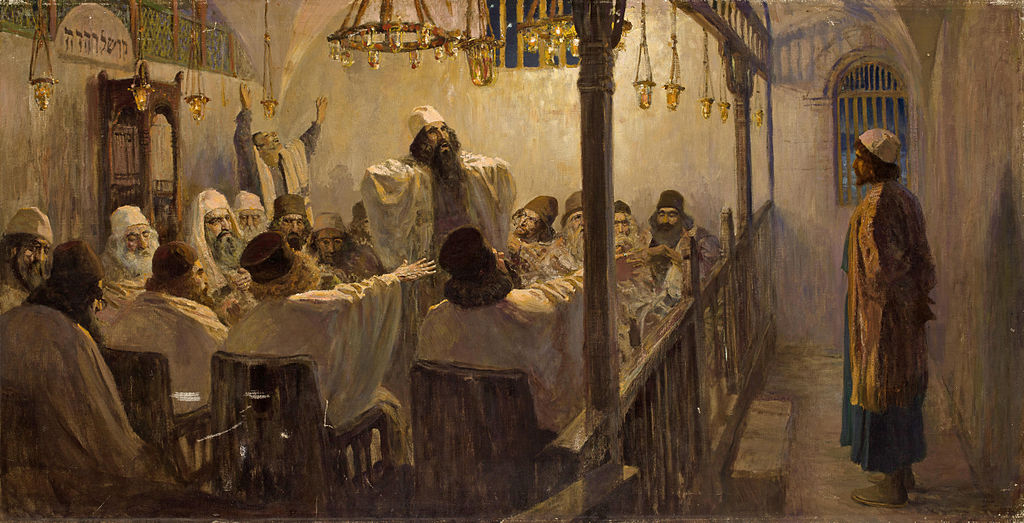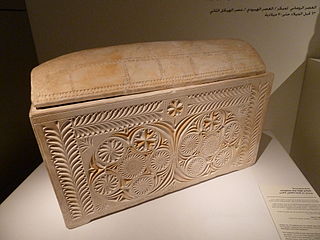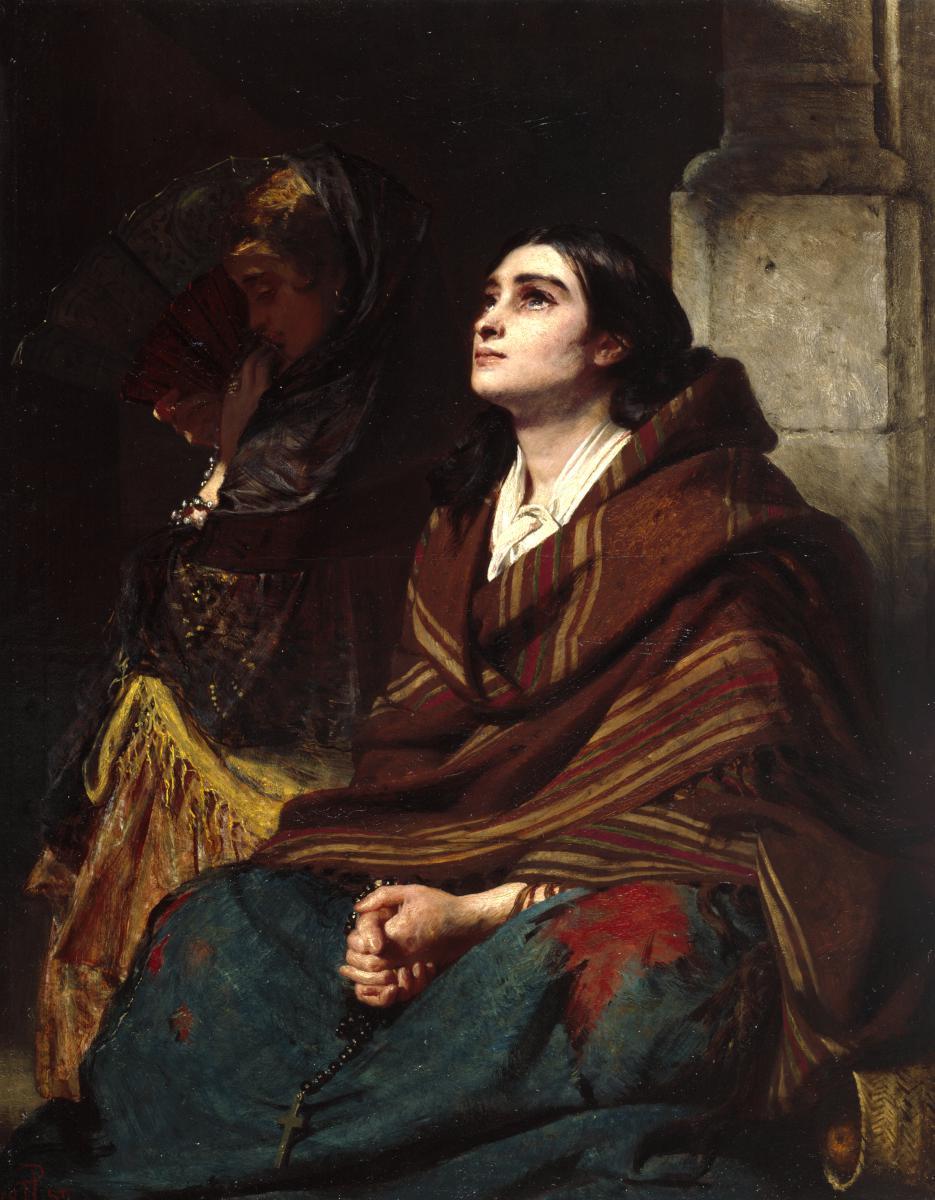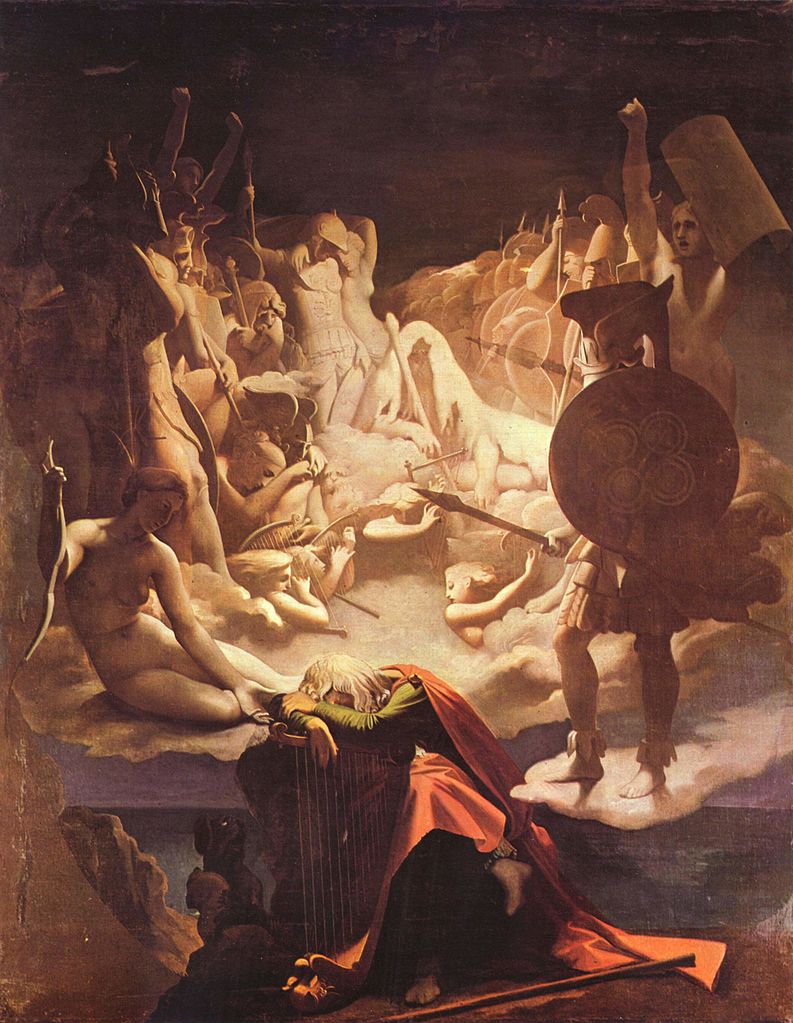The book of Tobit is one of those books Catholics would call the Deuterocanonicals and non-Catholics would label the Apocrypha.
Basically, it’s about a pious old man from the tribe of Nephthali named Tobit exiled along with the other Israelites in Nineveh who goes blind after bird droppings fell on his eyes (!). One day Tobit decides to collect money he had once deposited to an acquaintance named Gabael in the land of Media and sends his son Tobias (aka Tobiah) to do so.
Along the way, Tobias is accompanied by a guy who passes himself off as a kinsman of his named Azariah, and a dog who doesn’t do anything in the story except to be mentioned briefly at the very beginning and the very end of the journey. Arriving in Media, Tobias gets the money from Gabael, and marries the latter’s daughter Sarah, who was tormented by a demon named Asmodeus, who had killed every man she married.
Tobias succeeds in driving Asmodeus out by burning, under Azariah’s advice, the liver and heart of a rabid fish he had encountered during the journey. Tobias, Sarah, and Azariah return to Nineveh, where Tobit was cured of his blindness by the gall of the same fish. ‘Azariah’ eventually reveals himself to be the angel Raphael, sent by God to cure Tobit and Sarah of the afflictions they had, and goes back to heaven.
Years pass, and Tobit finally dies, but not before warning his son to leave Nineveh before God destroys it according to prophecy. After burying his father, Tobias and his family then go away and settle at Media, where the tale ends.
That’s the main gist of the story. But here’s the thing. Those of you who like to read from different translations of the Bible might have already noticed this, but if you compare the book of Tobit as it is in three different translations – the Douai-Rheims, the Revised Standard Version, and the New American Bible – you’d notice that the text of each is radically different from one another.
I encountered some people from time to time who tried to follow the daily readings, only to find that the version they found in their Bible is totally unlike what’s read out in church.
This is much more evident if you read from the Douai-Rheims. The book begins like this in the NAB version: “This book tells the story of Tobit, son of Tobiel, son of Hananiel, son of Aduel, son of Gabael, son of Raphael, son of Raguel, of the family of Asiel and the tribe of Naphtali. During the days of Shalmaneser, king of the Assyrians, he was taken captive from Thisbe, which is south of Kedesh Naphtali in upper Galilee, above and to the west of Asher, north of Phogor.”
The RSV version is pretty close, if shorter (for instance, it omits “son of Raphael, son of Raguel” and simply mentions Thisbe as being “to the south of Kedesh Naphtali in Galilee above Asher.”)
But if you pick up the DR, this is what you’ll find: “Tobias of the tribe and city of Nephtali, (which is in the upper parts of Galilee above Naasson, beyond the way that leadeth to the west, having on the right hand the city of Sephet,) when he was made captive in the days of Salmanasar king of the Assyrians, even in his captivity, forsook not the way of truth, but every day gave all he could get to his brethren his fellow captives, that were of his kindred. And when he was younger than any of the tribe of Nephtali, yet did he no childish thing in his work.”
Totally different, isn’t it? What’s going on here? The answer’s simple: all three translations use three different source texts.
The first thing to understand is that there’s no single, standard version of the book of Tobit. Instead what you really have is different versions of the same work circulating in different languages like Greek or Latin or Hebrew or Aramaic or even Ethiopian.
There are at least two or three versions of Tobit in Greek. The shorter one, found in virtually most surviving Greek manuscripts, is called Greek I (G1). The longer (containing 1,700 more words than G1) version found only almost fully in the 4th-century Codex Sinaiticus, and partially in a couple other manuscripts, is Greek II (G2). Sinaiticus uniquely preserves most of G2 – albeit riddled with scribal errors – except for two lacunae (4:7-19b and 13:7-10b).
Fortunately, an 11th century manuscript (Mount Athos, MS 319, aka Vatopedi 913) gives the G2 text from 3:6 to 6:16 (while giving the G1 text for the rest of the book), thereby filling one of the two lacunae.
The third version, Greek III (G3) is fundamentally related to G2, but is not dependent on the version contained in Sinaiticus. G3 exists only partially (covering only 6:9-13:8) in three cursive manuscripts, which all reproduce G1 for the rest of the book.
As for Latin, there are two main versions of the book. To be more precise, one of the two is more like a family of different versions.
The various versions of Tobit made before St. Jerome translated biblical books into Latin are mainly related to G2, to the point that it can be used to understand and correct its text via comparison, although from time to time they do exhibit some differences from the text in Sinaiticus (more on these later). These so-called Vetus Latina (VL) versions are not all of one type, though.
As of now, there is still no critical edition of the VL version (or rather, versions).
The next best thing is an 18th century text assembled by French Benedictine monk Pierre Sabatier in the Bibliorum sacrorum latinae versiones antiquae, seu Vetus Italica (pp. 706-743), mainly based on two 9th century Latin manuscripts: Q (Paris, Bibliothèque nationale, fonds lat. 93, aka MS Regius 3564) and P (Paris, Bibliothèque nationale, fonds lat. 11505, aka MS Sangermanensis 4) along with readings from G (Paris, Bibliothèque nationale, fonds lat. 11503, aka Sangermanensis 15 or Sangermanensis 1), which contains the text up to 13:2, and W (Rome, Bibliotheca Apostolica Vaticana, Regin. lat. 7, aka Codex Reginensis), which contains the text only as far as 6:12, the rest being a copy of the Vulgate version (see below).
Since then, two other manuscripts have been found and studied, which illustrate the lack of ‘one type’ of the text: the 10th century R (Paris, Bibliothèque nationale, fonds lat. 6, aka the Ripoll Bible), and the 9th-century X (Madrid, Biblioteca Univers. Cent. 31, aka Codex Complutensis I).
Both of these have been published by the Italian scholar Francesco Vattioni in the 1970s, who also published the readings of the Tobit text found in a work attributed to St. Augustine known as the Speculum de sacra scriptura (Mirror of Holy Scripture).
The text of Complutensis I is very paraphrastic, representing a much expanded form of the text found in Sabatier. Besides these, other important sources for the VL Tobit are quotations from early Church Fathers.
The text translated by Jerome and included in the Latin Vulgate, meanwhile, is interesting in itself, because it is a free translation of a translation.
This is how he explains the translation process in his preface to the book: “I have persisted as I have been able, and because the language of the Chaldeans is close to Hebrew speech, finding a speaker very skilled in both languages, I took to the work of one day, and whatever he expressed to me in Hebrew words, this, with a summoned scribe, I have set forth in Latin words.”
Apparently, Jerome did not know ‘Chaldean’ (Aramaic) – although he does note that the language is similar to Hebrew (answer being that both are Semitic languages), which he is thought to have known – that he needed someone to translate the Aramaic version of Tobit he had acquired. The translation work was apparently very quick – according to Jerome’s words it only took him, his scribe, and his Aramaic-speaking translator “the work of one day.”
The Vulgate version (which is apparently of the same general family as Greek I, though not similar to it) was once the dominant version of the book in the West before more use was made of Greek manuscripts in biblical translations starting from the Renaissance onwards.
We don’t know for sure whether the Aramaic text used by Jerome is descended from a Semitic forebear or was based on the Greek. The Vulgate text’s relation to the Greek versions and even to the VL recensions is really problematic, since it exhibits some considerable differences from them (although some scholars suspect that Jerome was apparently at the same time dependent on the VL versions).
These differences might stem in part from the version Jerome and his bilingual acquaintance were translating from, but perhaps also in part due to Jerome’s possibly rather free translation method (he admitted that his translation of Judith, which was like Tobit also from an Aramaic version, was magis sensum e sensus quam ex verbo verbum “more sense for sense than word for word;” it could very well be the same case here).
The general impression one could get from Vulgate Tobit is that it is more moralistic and didactic compared to the more straightforward other versions – I’d even say quite preachy. Compare Raphael-as-Azariah’s advice to Tobias on their way to Media in the Vulgate to, say, the G2 version (NAB):
Then the angel Raphael said to him: Hear me, and I will shew thee who they are, over whom the devil can prevail. For they who in such manner receive matrimony, as to shut out God from themselves, and from their mind, and to give themselves to their lust, as the horse and mule, which have not understanding, over them the devil hath power. But thou when thou shalt take her, go into the chamber, and for three days keep thyself continent from her, and give thyself to nothing else but to prayers with her. And on that night lay the liver of the fish on the fire, and the devil shall be driven away. But the second night thou shalt be admitted into the society of the holy Patriarchs.
And the third night thou shalt obtain a blessing that sound children may be born of you. And when the third night is past, thou shalt take the virgin with the fear of the Lord, moved rather for love of children than for lust, that in the seed of Abraham thou mayst obtain a blessing in children.” (Douai-Rheims, Tobit 6:16-22)
Raphael said to him: “Do you not remember your father’s commands? He ordered you to marry a woman from your own ancestral family. Now listen to me, brother; do not worry about that demon. Take Sarah. I know that tonight she will be given to you as your wife! When you go into the bridal chamber, take some of the fish’s liver and the heart, and place them on the embers intended for incense, and an odor will be given off. As soon as the demon smells the odor, it will flee and never again show itself near her. Then when you are about to have intercourse with her, both of you must first get up to pray. Beg the Lord of heaven that mercy and protection be granted you. Do not be afraid, for she was set apart for you before the world existed. You will save her, and she will go with you. And I assume that you will have children by her, and they will be like brothers for you. So do not worry.” (NAB-RE, Tobit 6:16-18)
For a long time, only G1 and the Vulgate text were the only ones readily available to translators: Sinaiticus was only found in the early 19th century and Oxyrhynchus (where a 6th century fragment containing the G2 version of Tobit 2:2-5, 8 was found – one of the three manuscripts containing G2) wasn’t excavated until 1896.
And even after Sinaiticus was discovered to have a different text of the book, scholars at the time still considered the its text to be secondary to G1’s. Reason being the adage (well-known in textual criticism) of lectio brevior lectio potior, “shorter reading is the better reading.”
That, and the fact that G1 enjoys more attestation than G2, which was – back then – only represented in a single manuscript. They assumed that G1 was the original version, while G2 was an expansion of it.
Aside from G1, Sinaiticus, and the Vulgate, people before the mid-20th century were aware of a number of other versions of the book in Hebrew (and one in Aramaic), although all of these were late, medieval texts that are deritative of the Greek or the Vulgate versions.
- The Münster text (HM), first published in 1516 in Constantinople, then reprinted in Basel by Sebastian Münster in 1542. Said to be a 5th century version, this text is generally based on G2. This version was reproduced in the London Polyglot.
- The Fagius text (HF), said to date from the 12th century and first published in 1519 (reprinted by Paul Fagius in 1542). This version is also found in the 1657 London Polyglot. This text is usually judged to be a paraphrastic translation or a free recasting of a Greek text like G1 made by a medieval Jew from Western Europe. This version is noted for its introduction of OT phraseology into the text. The Haydock Commentary often alludes to this version along with the other ones named here.
- Gaster’s text (HG), another translation derived from from a 15th century Midrash on the Pentateuch that condenses and greatly abbreviates the narrative found in the medieval Aramaic text, with which it otherwise largely agrees. The narrative in 1:1-3:6 is again in the third person; much of the dialogue and the prayers are eliminated. The text lays a huge emphasis on tithing, a reason why it was introduced into the pentateuchal midrash.
- Cairo Genizah T-S A 45.25, 45.26 and 45.29 (Cambridge University Library): Fragmentary texts dating from the 13th-14th century. The earliest of these, 45.26 is of the same recension as the 1516 Constantinople text, while the latter two agree with Fagius’ version.
In the 19th century, Adolf Neubauer also discovered a 15th-century Aramaic text of Tobit in the Bodleian library at Oxford (Hebrew MS 2339).
The text, written in late Aramaic, seems to have been derived from G1. Some peculiar quirks of this version include: (1) agreement with the Vulgate in telling the story of Tobit in the third person in chapters 1-3; (2) omission of the dog, which is mentioned in most other versions; (3) abbreviation of chapter 12, omission of chapter 13 and most of 14 (the remaining part of which is highly condensed); and (4) a short epilogue in Hebrew.
At that time, Neubauer expressed his opinion that this text “Chaldee text in a more complete form was the original from which the translation of the Vulgate was made,” an opinion which was eventually critiqued as being unsubstantiated.
The discovery of the Dead Sea Scrolls in the 1950s, however, would change long-held assumptions. But that’s for next time.
Patrick lives in Japan. He supports the Extraordinary Form of the Roman Rite according to the Missal of Bl. Pope John XXIII.
The photo shows, “Tobias Saying Good-Bye to his Father [Tobit],” by William-Adolphe Bouguereau, painted in 1860.
